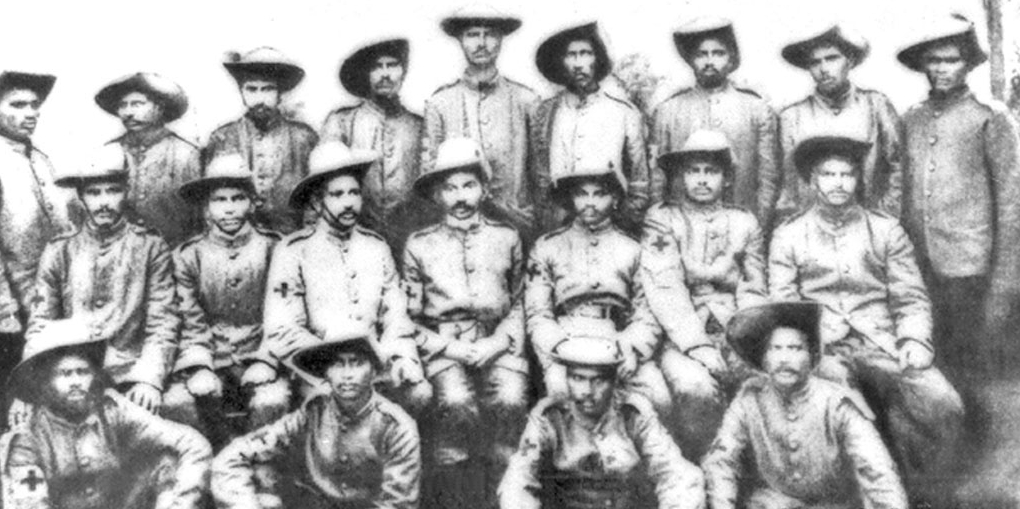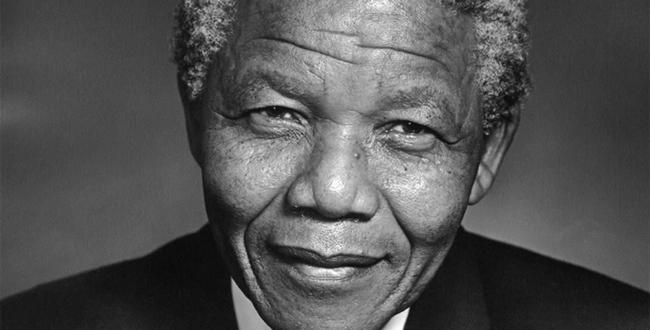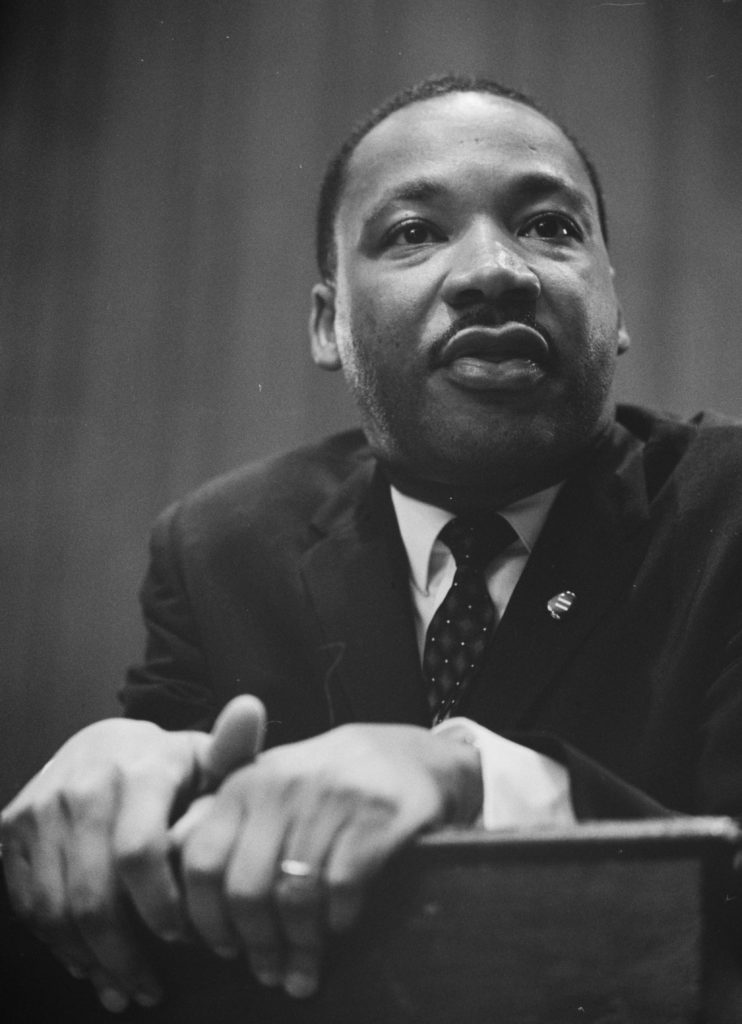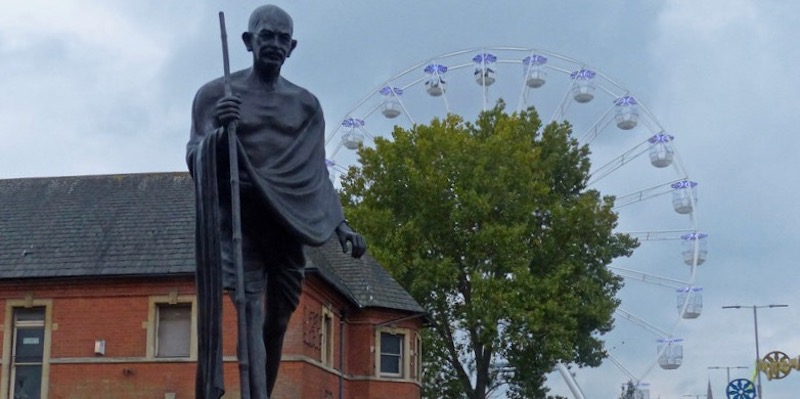Tushar Gandhi
July 8, 2020
There is a growing demand to remove Mahatma Gandhi’s statues from public places – the latest in Leicester (pictured above). I have never been a promoter of the cult of statues. I believe that the true worship of Bapu is to live his ideology rather than revere his image or idol.
I am amused that those who hate him are focusing their anger on his statue. Better they make his statue the focus of their hate rather than indulge in violence and arson towards property and fellow humans.
Many statues have been defaced, damaged or toppled during the Black Lives Matter protests – statues of slavers, slave owners or those who subjugated people on the basis of their race. The anger is justified and their statues becoming its focus is understandable. In India, too, many statues of Gandhi have been vandalised defaced, shattered and even fired upon by extremist Hindus and their supporters.
But let’s not hang Mohandas Gandhi for crimes he isn’t guilty of.
The racism charge
One of the accusations, a very serious one, is that Mohandas Gandhi was a racist. Nothing can be more untrue. The accusation arises from his use of descriptive terms of Africans that are now considered hateful, like ‘savages’ and ‘kaffirs’. Mohandas is guilty of having used those terms in his writings. He is also guilty of using insensitive descriptions for Africans and has accused them of being lazy. He deserves to be criticised for this. But we need to understand that at that stage in his life Mohandas was naïve, his world view was limited, he was yet to be exposed to liberal thought and ideology. He grew up in a small, colonial, orthodox town in British India. He was born into an orthodox upper caste Hindu family belonging to the third tier of the caste hierarchy, the Vaishya or trader community. His family strictly practised untouchability, discrimination on the basis of caste.
Mohan’s first exposure to society outside of Rajkot, the town of his childhood and youth, was when he travelled to England to study law. It was in a royalist, Victorian London that Mohan got his first glimpse of western society, where racist attitudes were normal and not frowned upon, where what we consider racial slurs today were common figures of speech, where only the white Christian race was considered civilised and everyone else heathens and savages. This was his first exposure to a foreign perspective.
After becoming a barrister, the next exposure to a society other than the orthodox and traditionalist one he had grown up in was when he arrived in South Africa, where he first encountered Africans and heard them being referred to in derogatory terms. He himself was called a ‘coolie’ several times and treated with contempt. He was guilty of not understanding that these were derogatory and unacceptable terms. It is very believable that the naïve, impressionable young man began using them.
His crime was one of ignorance rather than malice or bigotry. Is it right to crucify Mohandas Gandhi for the mistake caused by naivete and ignorance? Let us realise that if he became a Mahatma because of his actions much later in life, in the earlier period he was an ordinary person just like us – susceptible to mistakes, just like us. What set him apart from was his determination to be his own unforgiving critic and a resolve never to repeat a mistake.

Gandhi (centre) with the Indian Stretcher Bearer Corps that worked extensively with Zulus brutalised by the British.
Gandhi and the Africans
Before branding him a racist and bigot, let us judge him by his actions too. When the Zulu tribes rose in revolt against the discriminatory policies of the colonial administration and the British declared war on them, as a loyal subject of the Crown, Barrister Mohandas Gandhi raised medical aid and a force of Indians, the Indian Stretcher Bearer Corps, to provide first aid and medical relief to the wounded.
When Mohandas reached the battlefront, he witnessed the violence and brutality unleashed by the British on the African populace. Their homes and fields were plundered, demolished and torched. Men, women and children were brutally savaged. The wounded were left to die unattended. The dead were left to rot, to be devoured by scavengers.
Mohan was shocked at this savagery of the ‘civilised’ British and started caring for the African people. He carried the wounded to the field hospitals manned by British doctors and missionaries. When they refused to treat the ‘savages’, Mohan was disillusioned and decided that he would nurse the Zulu wounded himself. He setup his own field hospital, where he started caring for them. He formed squads to access remote villages to evacuate the grievously injured and to provide first aid to the walking wounded. He and his men performed dignified last rites for the dead and helped rehabilitate the displaced.
In his autobiography, he writes how disillusioned he was by this savage brutality of the British. If Mohan was a racist bigot, he would not have been moved by the plight of the Africans and would not have bothered to help them.
The other allegation against him is that he did nothing for Africans or fight to end their oppression. Again, the allegation is that it was because he was a racist. Yes, Mohandas did not fight for the emancipation and freedom of the African people. But in South Africa, he was just finding his political feet. He knew his limitations and his ability, so he confined his activities to equal rights for his community. It isn’t true, however, that he ensured the welfare of Indians by compromising that of the Africans. Even at that time, he formed friendships with the emerging African leadership and engaged in dialogue with them.
The political movement for equality and justice for Africans took shape after Mohandas returned to India. So, this allegation also does not stick. Not one example can be cited of when he compromised or sacrificed the welfare of Africans over equality and fairness for his own community of Indians and Asians.

Nelson Mandela went from a proponent of armed struggle to non-violence after discovering Gandhi.
What Dr King and Mandela thought of Gandhi
Those who accuse Gandhi of being a racist also cast aspersions on the leaders of the African community such as Nelson Mandela and even Dr Martin Luther King Jr. They imply that these two great leaders were ignorant of Mohandas’ ‘racism’ when they idolised him and adopted his ideology.
During the US civil rights movement led by Dr King, he did not merely refer to Gandhi but actually emulated his brand of passive resistance and civil disobedience. From as early as the mid-1930s, African American leaders had visited India and lived at Gandhi’s ashrams to train in the practice of passive resistance and non-violent civil disobedience. Gandhi’s lieutenants drilled these leaders in Gandhian practices. These leaders returned to the US and trained their people to become passive resisters. They ran non-violence boot camps to train their foot soldiers. And change they did achieve.

Dr Martin Luther King Jr absorbed and applied Gandhi’s tenets of passive resistance to the US civil rights movement.
If Gandhi was a racist bigot, he would have refused to associate with the African American movement. If he did not care for the racist crimes against the African community in the US, he would not have associated with the battle waged by Dr King.
Mandela, at the start of his political life, was strongly against the non-violent, passive resistance in South Africa and favoured an armed freedom movement. It was on Robben Island that he discovered Gandhi. He has said that he was never alone in solitary confinement; “Gandhi was always present alongside me”. He could not have experienced this if he did not revere Gandhi after having understood the man.
Neither Dr King nor Mandela were naïve; they would have seen through the sham if Gandhi had been racist as is being alleged by those wanting to remove his statues.
If Gandhi were alive today, he would have been on the frontlines of the Black Lives Matter movement and working to heal a society scarred by prejudice, hate, racism and discrimination. He would have been addressing the problem at its roots, our inherent prejudice and suspicion of ‘others’ – those different in looks, religious practices, personal habits, diet, gender and other choices. He would have been working to heal the festering wounds and to counter hate with love, ignorance with knowledge, prejudice with compassion and insult with respect.
He would have joined those who want his statues removed. He would have picked up a hammer, struck the first blow and said: “There, the object you hate is gone. Now can we all work together to defeat injustice, hate, prejudice, inequality?”
To those wanting his statues removed and to those who want his statues to remain, I say, and I believe he would have said too: “Can we focus on the real issue – the state of our society, nation, systems, and work to cure ourselves of the venom of hate, prejudice and violence? Can we get on with that?”
One statue more or less will not matter, but if we lose the virtues of truth, love, respect, equality, justice, compassion and inclusiveness, then will we survive?
Tushar Gandhi, great grandson of the Mahatma, is an activist, author and president of the Mahatma Gandhi Foundation. Reach him here: gandhitushar.a@gmail.com
Pictures courtesy: geography.org.uk, Wikimedia Commons, Flickr






